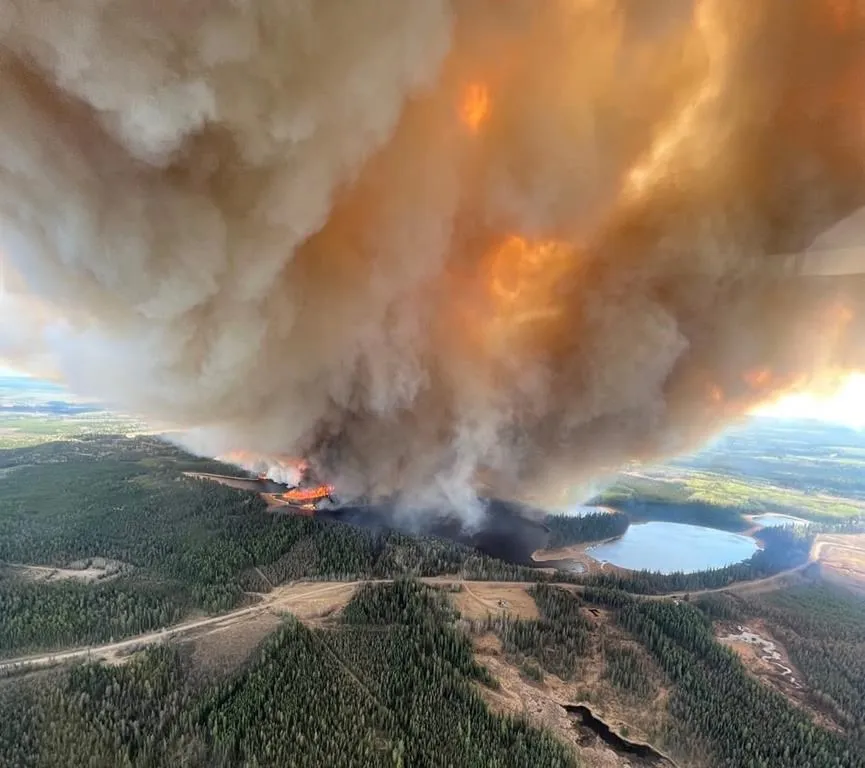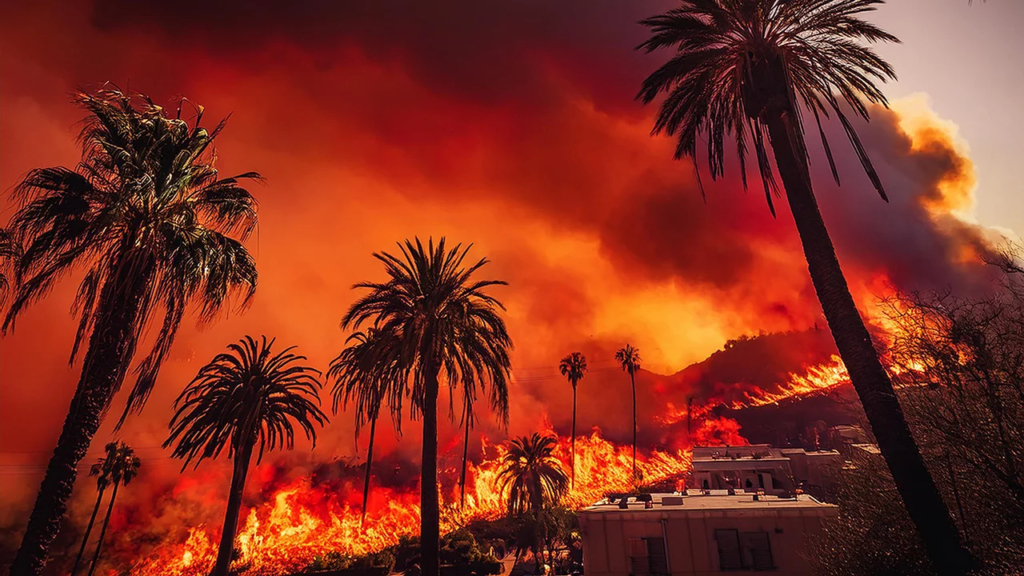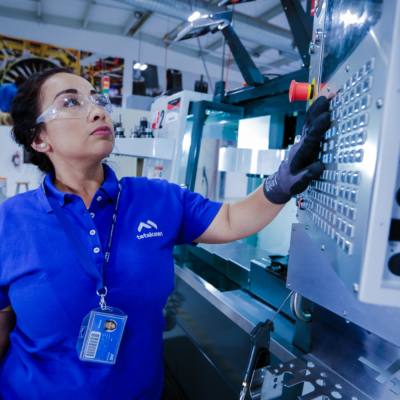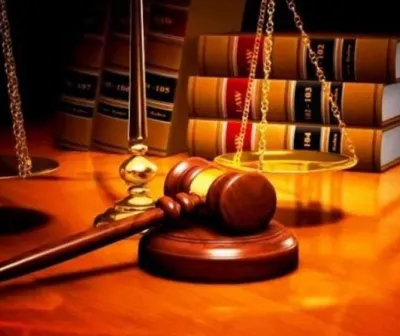Wildfires in the American West have become one of the most serious environmental and public safety challenges of our time. Over the last several decades, wildfires have grown in size, frequency, and intensity, devastating forests, homes, and lives. The crisis is not only threatening the natural beauty and ecosystems of the region but also putting millions of people at risk. This article explores the causes, effects, and potential solutions to the growing wildfire crisis in the American West.
What Are Wildfires in the American West?
Wildfires are uncontrolled fires that burn in forests, grasslands, and other natural areas. The American West, which includes states like California, Oregon, Washington, Colorado, and Montana, has large areas of forests and dry lands prone to wildfires. These fires can start naturally, such as from lightning strikes, or from human activity, like unattended campfires, equipment sparks, or power lines.
In recent years, the number and size of wildfires in this region have dramatically increased. Millions of acres have burned annually, with some recent wildfire seasons marking the worst in history.

Why Are Wildfires in the American West Increasing?
There are several key reasons why wildfires in the American West are becoming more frequent and severe.
Climate Change
One of the biggest drivers behind this growing crisis is climate change. Rising temperatures lead to hotter, drier conditions, which dry out forests and grasses, making them highly flammable. Warmer weather also extends the fire season, meaning fires can start earlier in the year and last longer into the fall.
Drought
Droughts have become more common and severe in the West. When there is less rainfall, vegetation dries out, creating more fuel for wildfires. Many areas are experiencing multi-year droughts, which have weakened trees and plants, increasing the risk of large fires.
Forest Management Practices
In the past, natural fires were allowed to burn occasionally, which helped clear out dead plants and underbrush. However, for many decades, fire suppression was the main approach, putting out fires as quickly as possible. This has led to an accumulation of dense, dry vegetation, creating perfect conditions for massive fires.
Human Activity
More people live and work in fire-prone areas than ever before. Human activities like campfires, fireworks, discarded cigarettes, and faulty power equipment have caused many wildfires. The expanding wildland-urban interface means more homes and infrastructure are at risk.
The Impact of Wildfires in the American West
The effects of these wildfires are far-reaching and affect many aspects of life.
Environmental Damage
Wildfires destroy forests, killing trees and plants and disrupting wildlife habitats. Some species struggle to survive or relocate, while invasive plants can take over burned areas. Fires also release large amounts of carbon dioxide, contributing to climate change.
Health Risks
Smoke from wildfires causes poor air quality, which can lead to respiratory problems, especially for children, the elderly, and those with existing health conditions. Prolonged exposure to wildfire smoke has been linked to heart and lung diseases.
Economic Costs
The economic damage from wildfires is huge. Property loss, firefighting expenses, and business disruptions cost billions of dollars every year. Insurance rates have increased in fire-prone areas, and some residents find it difficult to rebuild.
Community Displacement
Many communities have had to evacuate due to wildfires. The trauma of losing homes or the fear of evacuation affects mental health and community stability.
Fighting Back: What Is Being Done?
Efforts to address the wildfire crisis are underway at many levels—local, state, and federal.
Improved Forest Management
Forestry experts are using controlled burns, which are small, carefully managed fires, to reduce excess vegetation and lower fire risks. Thinning dense forests and removing dead trees also help prevent large wildfires.
Advanced Technology
New technology is improving wildfire detection and response. Satellites, drones, and sensors can spot fires early and monitor their progress. Firefighters now use GPS and mapping tools to plan safer and more effective firefighting efforts.
Community Preparedness
Education campaigns teach residents how to make their homes fire-resistant by clearing brush and using fire-safe building materials. Evacuation plans and warning systems are also being improved.
Climate Action
Reducing greenhouse gas emissions is critical to slowing climate change, which underlies many wildfire risks. States are investing in renewable energy and cleaner transportation to reduce their carbon footprints.
What Can You Do to Help?
Everyone can play a role in reducing wildfire risks.
- Follow fire safety rules by always putting out campfires completely and avoiding burning debris during dry conditions.
- Create defensible space by clearing dry vegetation around your home to reduce fire spread.
- Stay informed by signing up for local alerts and being prepared to evacuate if necessary.
- Support policies that advocate for stronger climate action and forest management programs.

Looking Ahead: The Future of Wildfires in the American West
The wildfire crisis in the American West is unlikely to disappear soon. Scientists warn that unless urgent action is taken to address climate change and improve land management, wildfires will continue to grow more destructive. However, with a combination of smart policies, community efforts, and new technology, there is hope to reduce the damage and protect both people and nature.
As wildfires become a more regular part of life in the West, building resilience and adapting to this new reality will be key. By working together, we can face this growing crisis and safeguard the future of these beautiful and vital landscapes.
Conclusion
Wildfires in the American West are a growing crisis with serious consequences for the environment, public health, and communities. Understanding the causes and impacts helps us realize the urgency of the problem. With coordinated efforts and personal responsibility, it is possible to reduce wildfire risks and protect the American West for generations to come.
Do Follow USA Glory On Instagram
Read Next – Legacy of the Founding Fathers in Today’s United States






